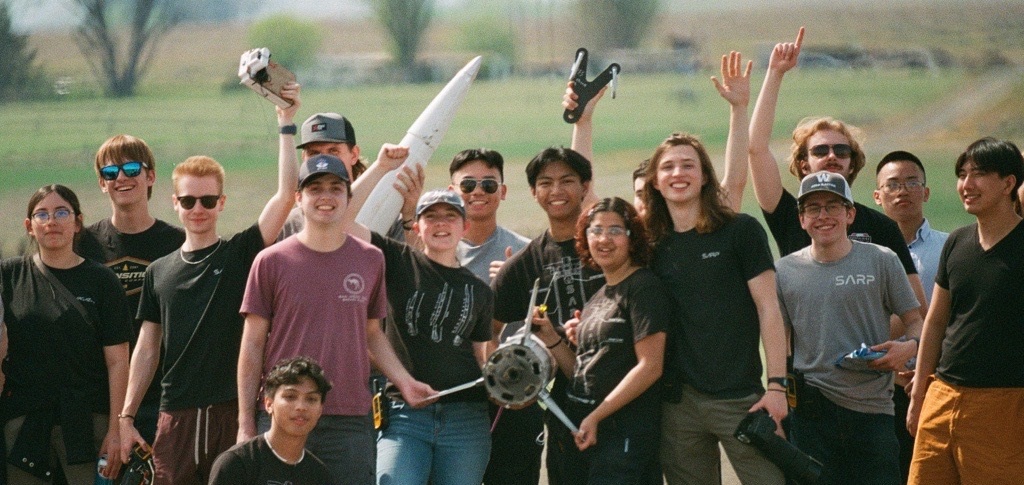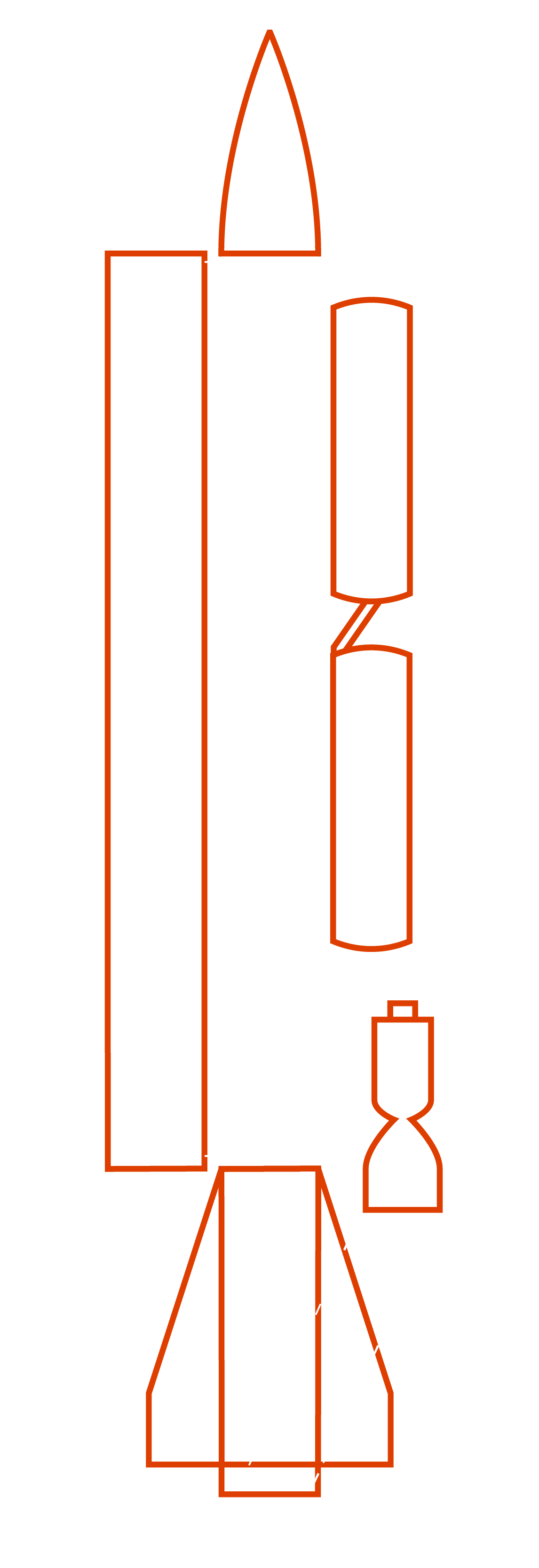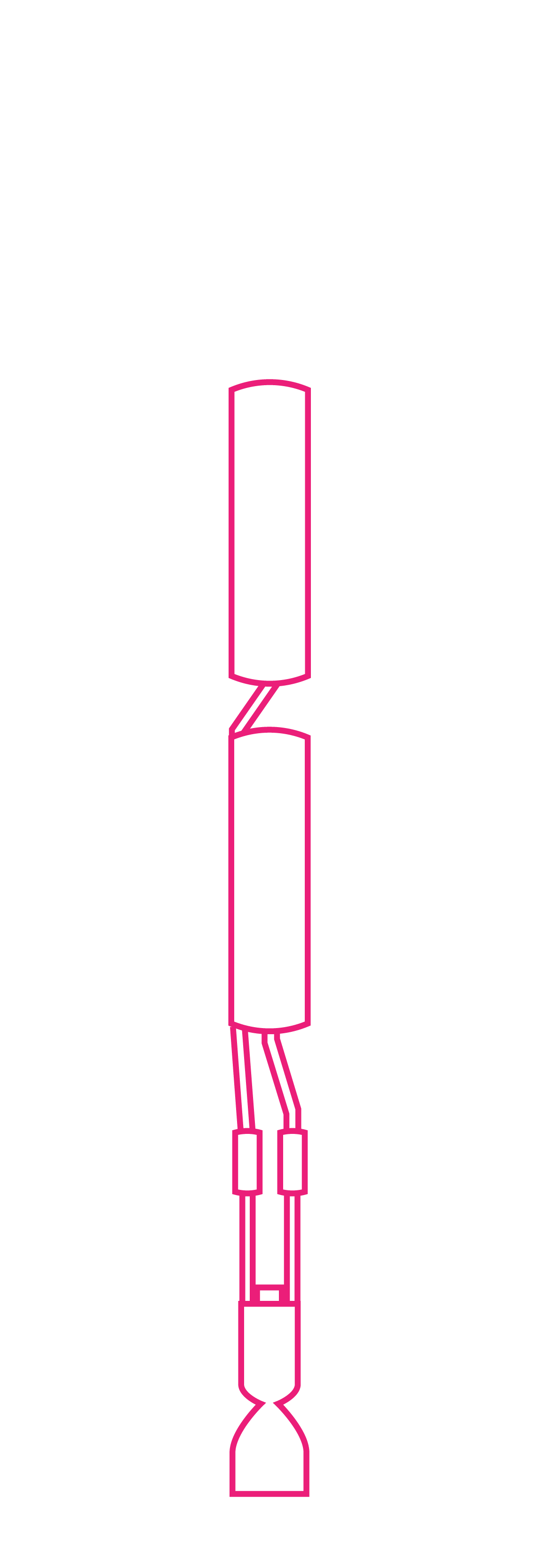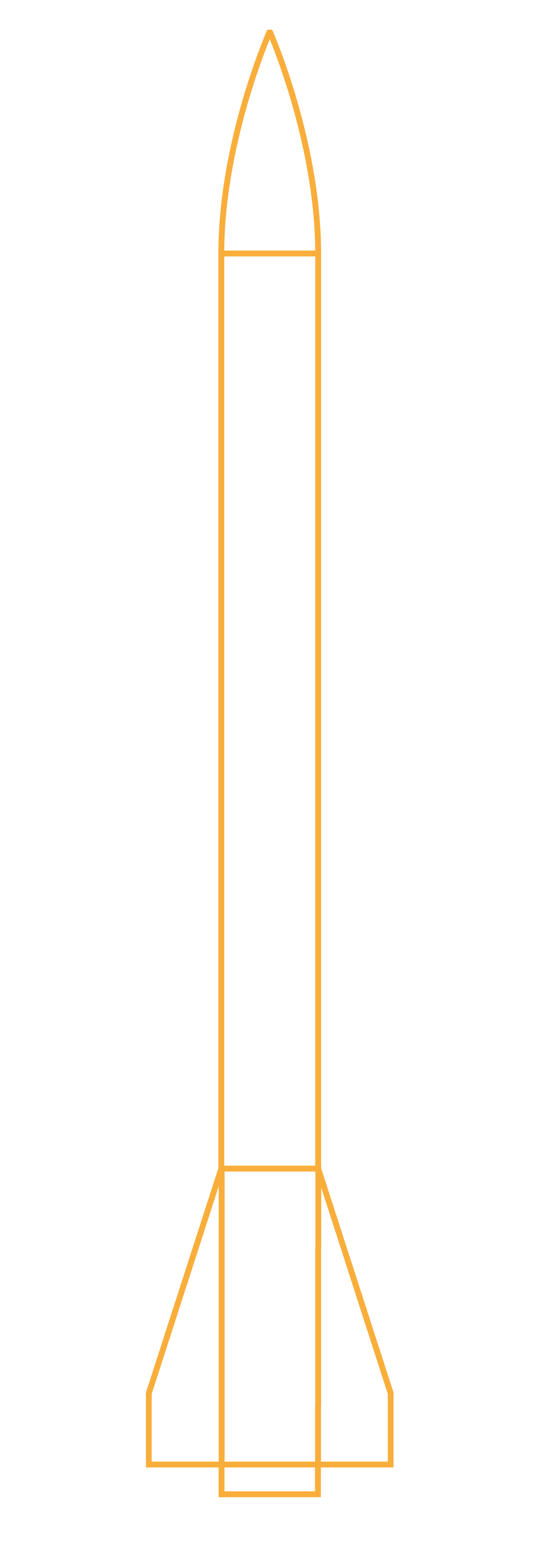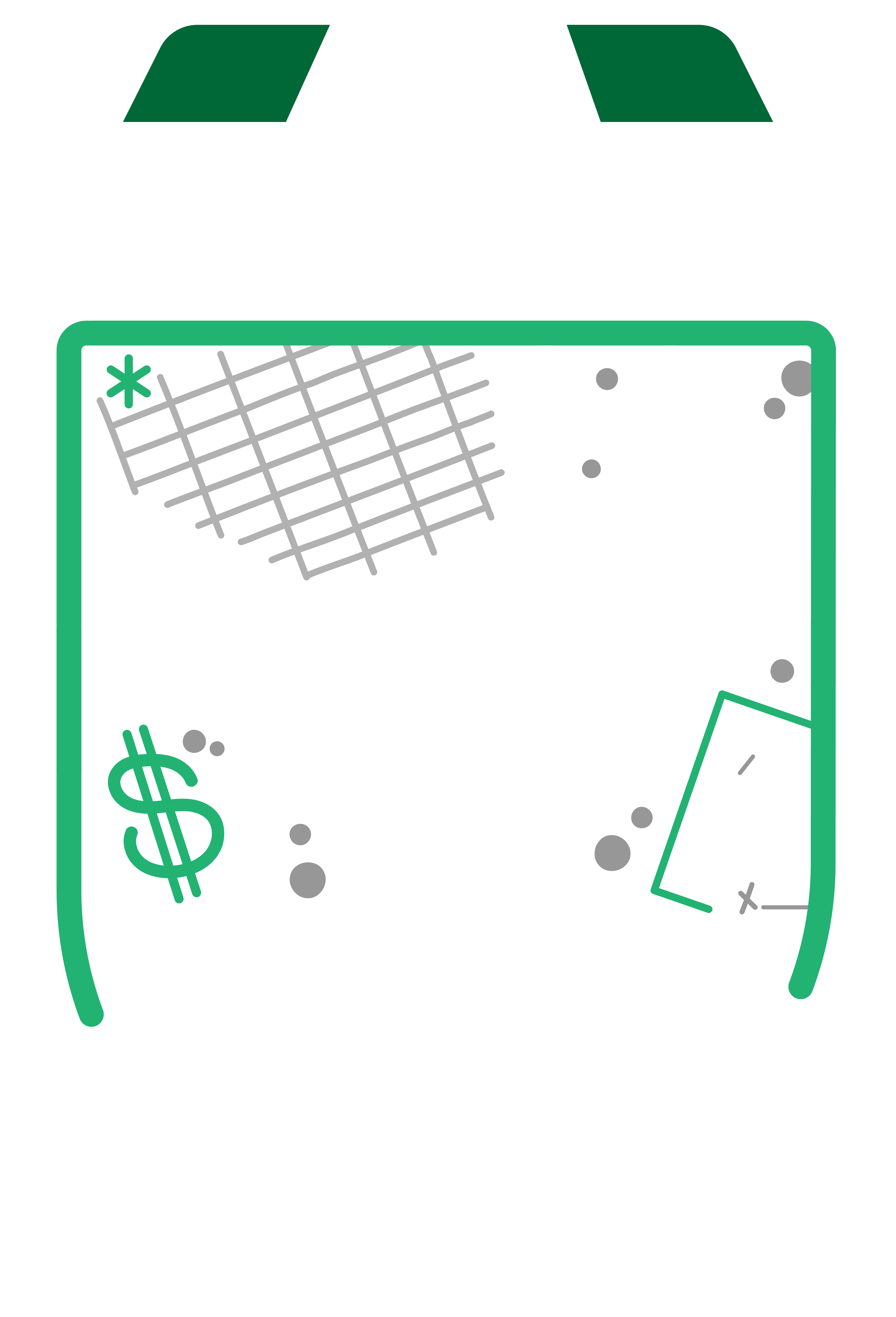Structures Lead
STRUCTURES
The Structures subteam is responsible for all primary structural elements on solid motor rockets and all non-fluid system elements on liquid engine rockets. Essentially, we are responsible for any component that can be seen from the outside of the rocket, such as the fins, nosecone, and airframe, or any component primarily designed to carry rocket loads, such as couplers, spars, and bulkheads. A typical design process will include destructive tests, prototyping, design reviews, and plenty of manufacturing. Structures team makes almost all of our components on campus, and as such structures members can expect to work heavily with composite materials such as carbon fiber and fiberglass alongside aluminum and some 3D-printed plastics. Structures is a great group for students looking to learn about various manufacturing and testing processes to make, break, and improve what we bring forward as a team. While not initially required, Structures members should gain a firm understanding of material properties, failure mechanics, and manufacturing processes for composite and metal components. Skills such as CAD, MATLAB/Python, Finite Element Analysis, and understanding the Barrowman Rocket Equations are appreciated for new members.
